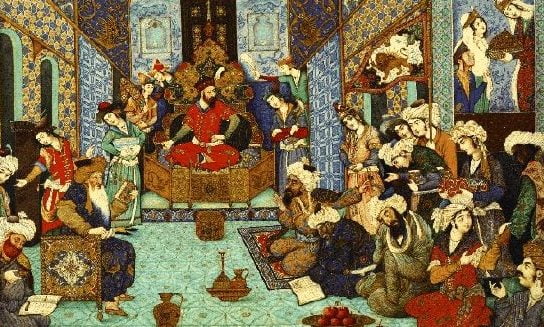Holy Scripture clothes in figure God and the angels, and the same holy man (Blessed Denis) explains why. When sensible things sufficiently render what is beyond sense, and give a form to what is intangible, a medium would be reckoned imperfect according to our standard, if it did not fully represent material vision, or if it required effort of mind.
If, therefore, Holy Scripture, providing for our need, ever putting before us what is intangible, clothes it in flesh, does it not make an image of what is thus invested with our nature, and brought to the level of our desires, yet invisible? A certain conception through the senses thus takes place in the brain, which was not there before, and is transmitted to the judicial faculty, and added to the mental store. Gregory, who is so eloquent about God, says that the mind, which is set upon getting beyond corporeal things, , is incapable of doing it.
Holy and adorable Trinity
For the invisible things of God since the creation of the world are made visible through images. We see images in creation which remind us faintly of God, as when, for instance, we speak of the holy and adorable Trinity, imaged by the sun, or light, or burning rays, or by a running fountain, or a full river, or by the mind, speech, or the spirit within us, or by a rose tree, or a sprouting flower, or a sweet fragrance.
Again, an image is expressive of something in the future, mystically shadowing forth what is to happen. For instance, the ark represents the image of Our Lady, Mother of God, so does the staff and the earthen jar. The serpent brings before us Him who vanquished on the Cross the bite of the original serpent; the sea, -water, and the cloud the grace of baptism.
Again, things which have taken place are expressed by images for the remembrance either of a wonder, or an honour, or dishonour, or good or evil, to help those who look upon it in after times that we may avoid evils and imitate goodness.
It is of two kinds, the written image in books, as when God had the law inscribed on tablets, and when He enjoined that the lives of holy men should be recorded and sensible memorials be preserved in remembrance; as, for instance, the earthen jar and the staff in the ark. So now we preserve in writing the images and the good deeds of the past.
Read More about Norman West part 3








